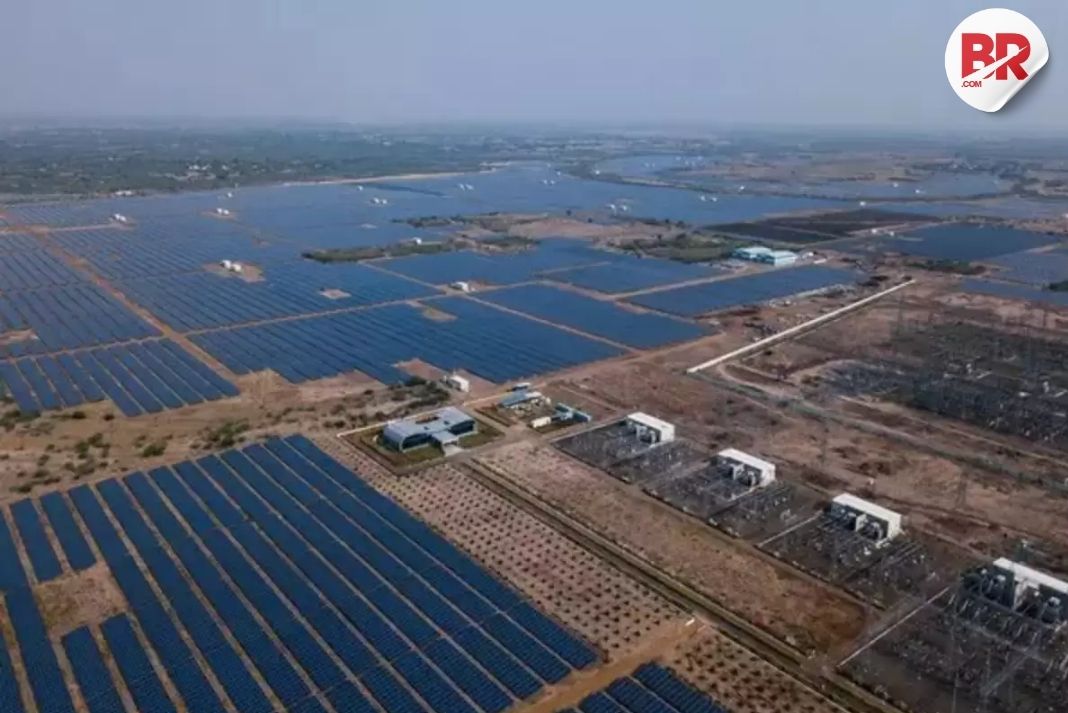
India just flipped the switch on a new era of energy trading. The Multi Commodity Exchange (MCX) has secured approval from both SEBI and the Central Electricity Regulatory Commission (CERC) to launch electricity derivatives—a first for the country.
This regulatory green light means that electricity, like gold or crude oil, can now be traded in the futures market. It’s a game-changer for power producers, distributors, and large consumers looking to hedge against price volatility.

What does this mean for everyday people?
In simple terms—more price stability in electricity. When power companies can manage their risks better, it lowers the chances of sudden price hikes. Over time, it could lead to more predictable electricity bills and a smoother flow of investments into green energy.
This move is also a big win for India’s clean energy mission. As we shift toward solar, wind, and open-access power markets, electricity prices are becoming harder to predict. These derivatives give market players a financial tool to handle that chaos.
Think of it like weather insurance—for your power supply.
“A pivotal development,” says MCX
Praveena Rai, MD & CEO of MCX, called it a “pivotal development in India’s commodities ecosystem.” She noted that as India grows its renewable capacity, electricity pricing will keep fluctuating. These contracts offer a regulated, transparent platform for managing that risk.
It’s about more than just money—it’s about control in a rapidly evolving energy market.
Also Read Mittal-Warburg in Exclusive Talks to Buy 49% Stake in $2B Haier India
MCX’s rise and reach
MCX isn’t just another exchange. It dominates India’s commodity derivatives space with a 98% market share by traded value in FY 2024–25. It offers contracts in bullion, energy, metals, agri-commodities, and now, electricity.
Financially, MCX is also lighting up the charts. In Q4 March 2025, its consolidated net profit rose 54.16% to ₹135.46 crore, and net sales jumped 60.83% to ₹291.33 crore compared to the same period last year.
Power, profits, and progress
This launch ties in with India’s ambition to become a developed, energy-secure nation. With renewables rising and reforms reshaping the sector, a financial backbone like electricity derivatives could keep the lights on—literally and figuratively.
Plus, it signals a deeper trend: India’s energy sector is growing up. No more backroom deals or blind spots—this is about transparency, data, and futures. In every sense.
As the market becomes more modern, the real winners could be regular Indians who just want reliable, affordable electricity.
Also Read Indraprastha Gas Diversifies with ₹2,000 Cr FY26 Capex Amid EV Disruption Risks












